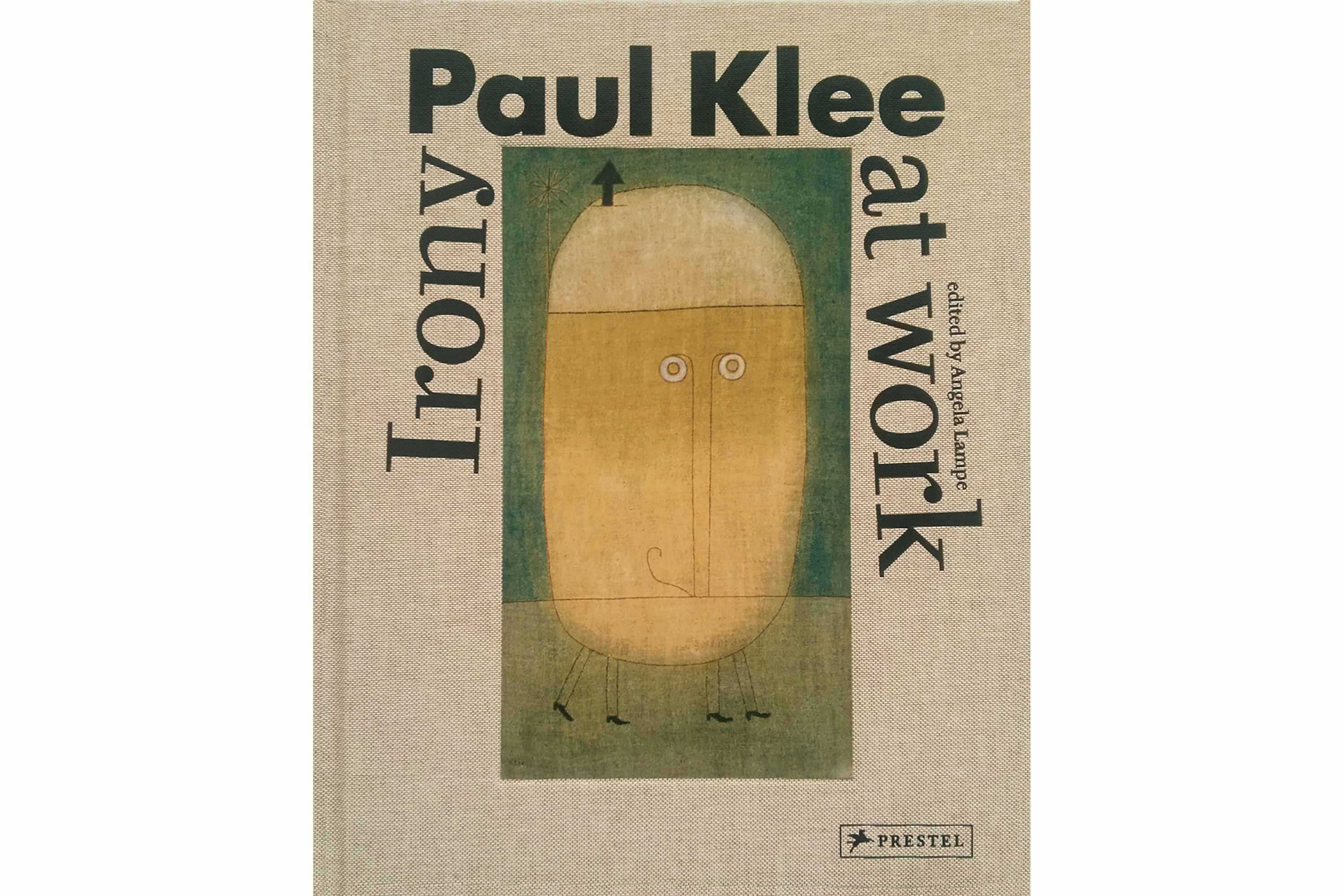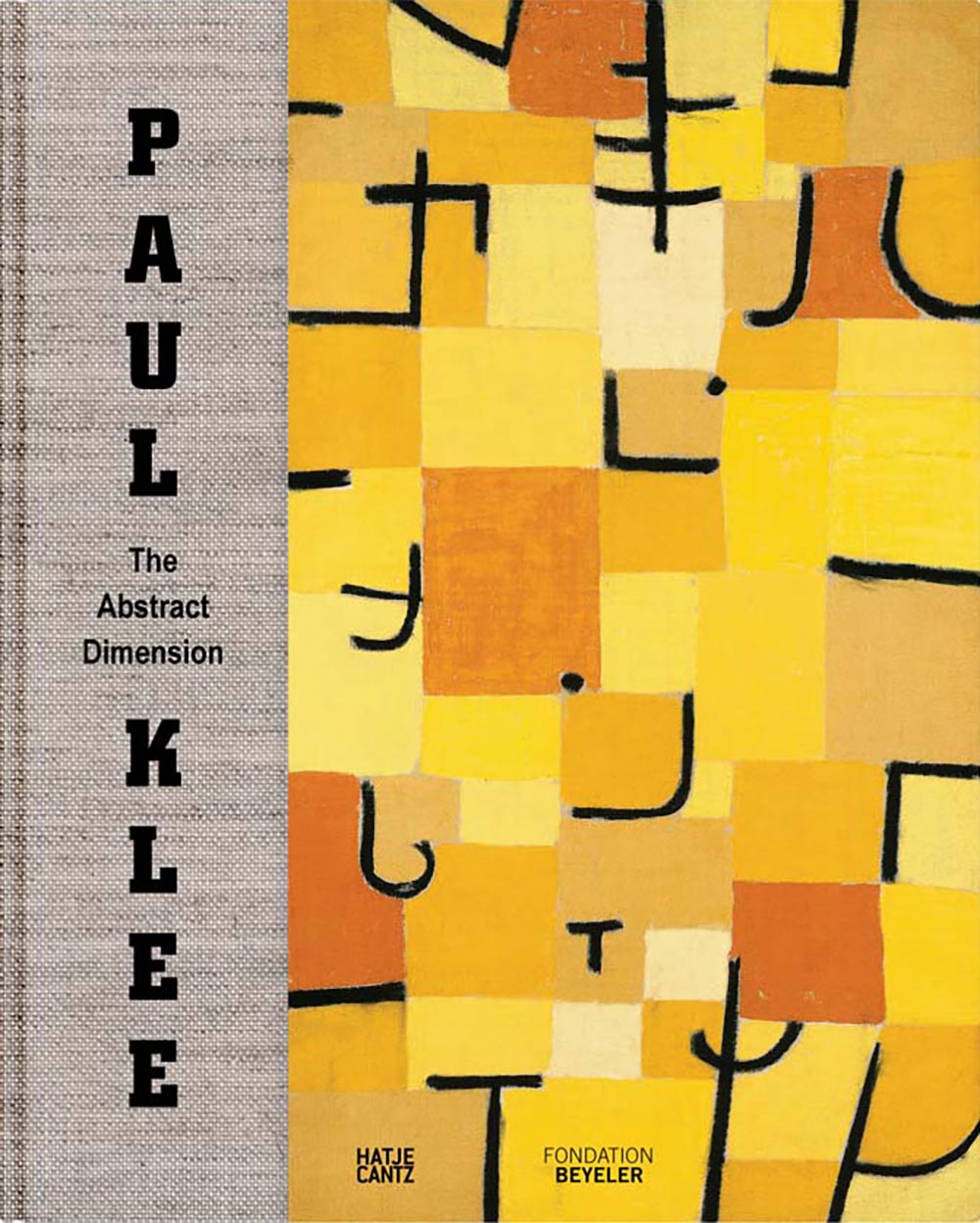Paul Klee: Irony at Work
Texts by Angela Lampe, Michael Baumgartner, Charles W. Haxthausen, Christine Hopfengart, Cathrin Klingsohr-Leroy
Known for its whimsy and levity, Paul Klee’s art is often considered gleefully childlike. This groundbreaking volume argues that Klee’s style emerged from a philosophical school that originated with early German Romanticism and consisted of perpetual shifts between satire and affirmation of the absolute, finite and infinite, and real and ideal. Featuring approximately 250 works, this careful appreciation of Klee connects each stage of his career to the larger philosophical context.
Exploring the satires and caricatures of Klee’s youth, his experimentations in Cubism and “mechanical theater,”and the constructivist approach of the Bauhaus school, this book follows the trajectory of Klee’s oeuvre as a reflection of prevailing styles. It closes with the artist’s final years, in which he was labeled a “degenerate artist” by the Nazi regime and struggled with illness. Viewed through the many facets of irony as a complex theme, and against the backdrop of Europe’s seismic political and artistic movements, Klee’s body of work takes on a renewed significance as one of the most critical of its generation.
Publisher: Prestel
Artists: Paul Klee
Publication Date: 2016
Binding: Hardcover
Dimensions: 9 1/4 x 12 in | 23.5 x 30.5 cm
Pages: 312
Reproductions: 257 color, 54 b&w
ISBN: 9783791355436
Retail: $60 | £45
Status: Not Available
Paul Klee
Paul Klee was born as a German citizen in Münchenbuchsee near Bern, Switzerland, in 1879. In 1911, he had his first solo exhibition at the Galerie Thannhauser in Munich. In the same year, he met fellow artist Wassily Kandinsky and became acquainted with the expressionist group Der Blaue Reiter (The Blue Rider), exhibiting with them at their second show in 1912. Later that year, after becoming familiar with the art of Pablo Picasso, Georges Braque, and Robert Delaunay during a trip to Paris, Klee began incorporating cubist and other innovative colorist techniques and ideas into his own distinct practice. Two years later, in 1914, Klee traveled to Tunisia with his friends, the artists August Macke and Louis Moilliet, a revelatory experience that the artist credits with further awakening him to color. In 1921, he was appointed to the faculty of the Bauhaus by Walter Gropius, the founder and first director of the school, where he taught and worked as a “form master” from 1921 to 1925, while the school was in Weimar, and as a professor from 1926 to 1931, when the school was located in Dessau.

